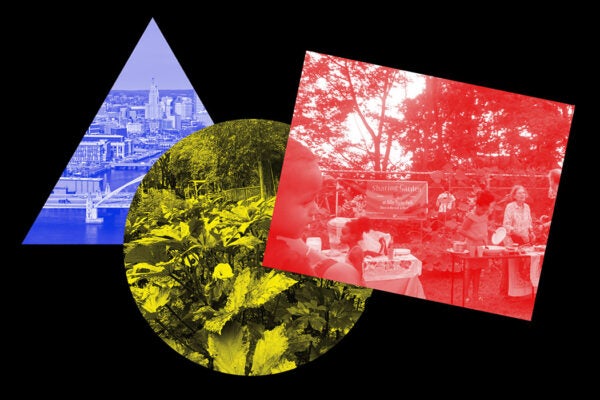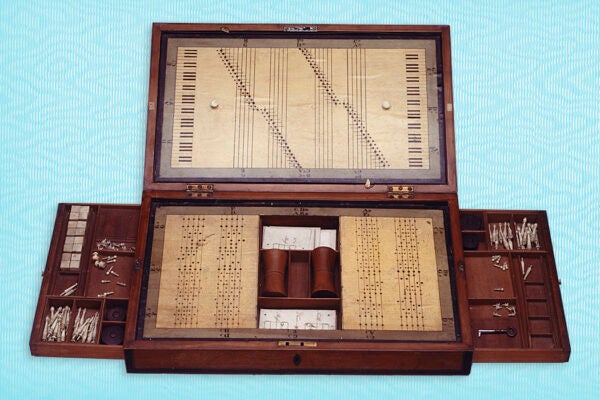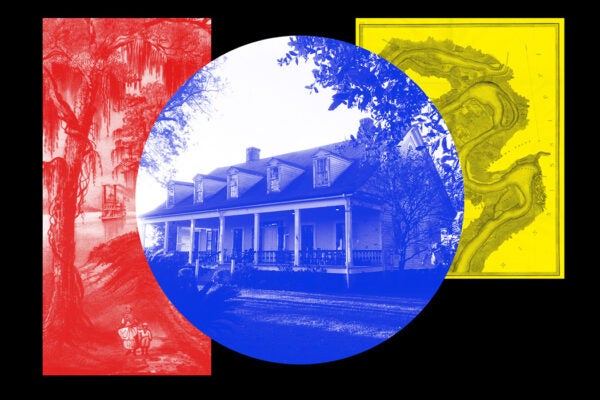The First Futurists and the World They Built
From Saint-Simon to Silicon Valley, the urge to forecast the future has always masked a struggle over who gets to define it.
In the Sharing Garden
How one family physician fosters food justice, social connectivity, and better health at a local community garden.
Explaining the Tides Before Newton
Astronomical explanations for tides, usually credited to Isaac Newton, can be traced to thinkers like Strabo and Pliny in the Classical era.
The Hidden History of Women Game Designers
Nineteenth-century women turned music lessons into interactive entertainment, complete with spinning wheels and ivory counters.
Potluck Nation
Food in America is a living archive of exchange and adaptation, where “ethnic” cuisines blend and redefine what national identity tastes like.
We Descend from the River
Public spaces are often sites of commemoration of events in the nation’s history. But which public is represented in and served by those spatialized celebrations?
Quakers Against Thanksgiving
In colonial America, government “thanksgivings” blurred faith and politics. For Quakers, rejecting them was an act of religious conviction.
Thanksgiving Stories
Turkey or Tofurkey? Stuffing or dressing? Whatever the controversy, these Thanksgiving stories will slake your appetite!
Living Laboratories: Science and the National Parks
National parks in the US are filled with glaciers and volcanoes, which isn't an accident, as the parks developed alongside the sciences of glaciology and volcanology.
The Tamest Grizzly of Yellowstone
Adored by tourists and studied by scientists, a grizzly mother named Sylvia became an emblem of the fragile balance between humans and the wild.









